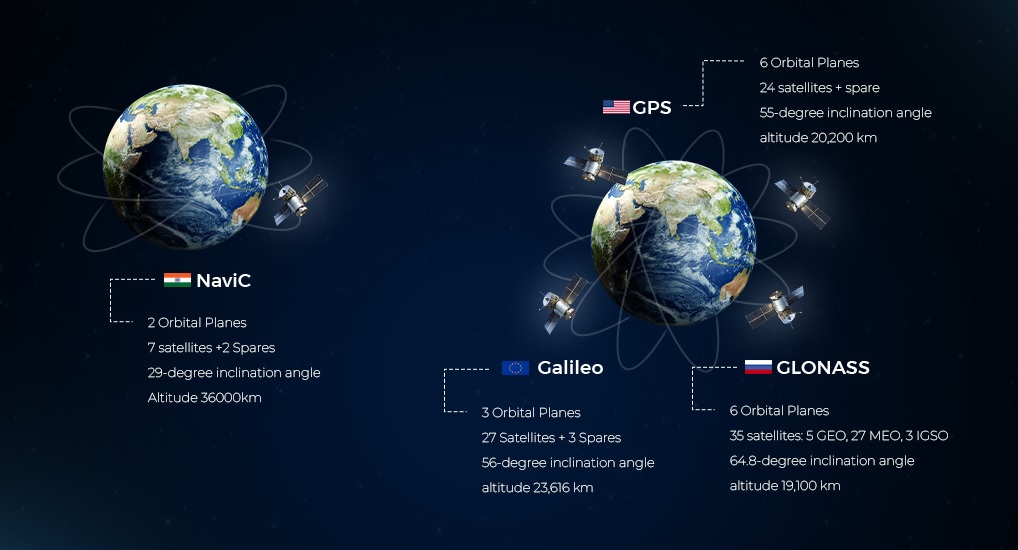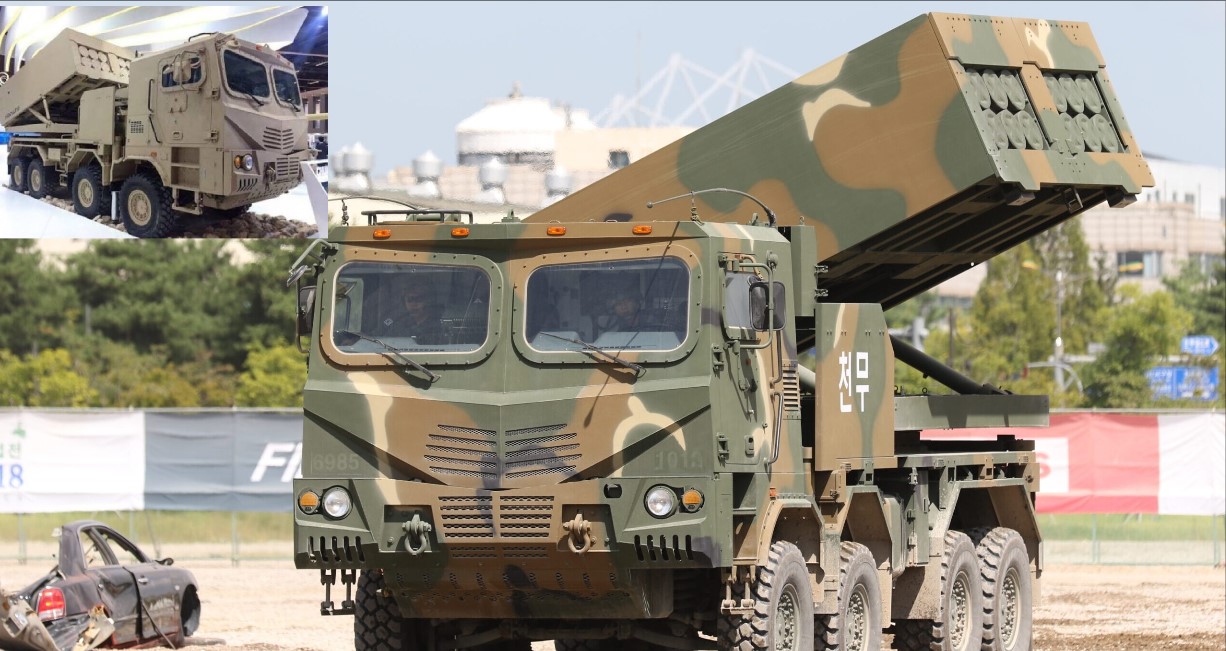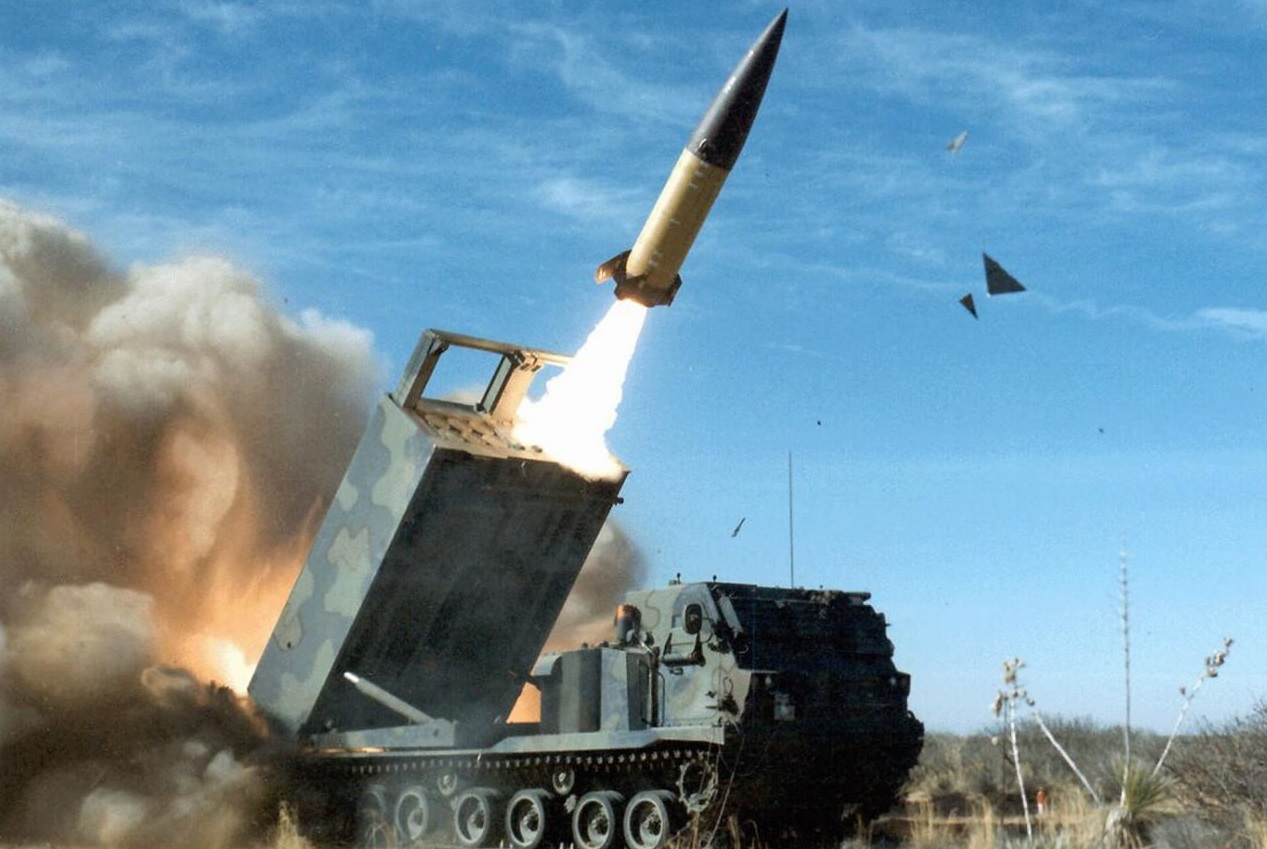ISRO Expands NaVIC System with 7 More Satellites And L1 Frequency for Enhanced Commercial Applications

The Indian Space Research Organisation (ISRO) is stepping up its game in the satellite navigation space with significant advancements to the Navigation with Indian Constellation (NaVIC) system. NaVIC, India's answer to global navigation systems like the United States' GPS and Europe's Galileo, is set for a major upgrade. The rollout of the L1 frequency is a key part of this transformation, aiming to boost NaVIC's usability in both everyday and commercial applications.
Until now, NaVIC has operated on a dual-frequency model, providing signals through the L5 and S bands. These frequencies have primarily served strategic users, such as defense and security agencies, while also offering civilian navigation services across the Indian region. However, the addition of the L1 frequency brings NaVIC into a new league. Why is this so significant? Because L1 is the most widely used frequency in global navigation satellite systems (GNSS) like GPS. This strategic addition will make NaVIC signals more accessible and usable by everyday devices, like smartphones and wearables, without the need for specialized, power-hungry chips.
ISRO's ambitions don’t stop there. By expanding NaVIC’s coverage from the current 1,500 kilometers beyond Indian borders to a robust 3,000 kilometers, the system aims to serve a larger geographic area. This extension will not only improve navigation capabilities across India but also benefit neighboring countries in the South Asian Association for Regional Cooperation (SAARC) region. Imagine a regional navigation system that could support nations from Bangladesh to Nepal, strengthening regional connectivity and offering a reliable alternative to other GNSS.
Starting with the NVS-01 satellite, ISRO will incorporate the L1 frequency in all future launches. This move aligns NaVIC with global systems like the American GPS, Russian Glonass, Chinese BeiDou, and European Galileo, making it compatible with a wider range of navigation devices and applications. With this upgrade, NaVIC could become the preferred choice for businesses and technology developers who are increasingly focused on integrating reliable and energy-efficient location services.
The implications of this upgrade are profound. The L1 frequency will open up a plethora of new commercial possibilities. For instance, the burgeoning market of wearable devices, including smartwatches and fitness trackers, will benefit from NaVIC’s signals. These devices often rely on low-power chips, making L1 frequency integration a game-changer. Not only does this enable better location accuracy, but it also ensures lower energy consumption, extending the battery life of gadgets that people use daily.
In the mobile phone sector, manufacturers have already started equipping their products with chipsets that can harness NaVIC signals. The L1 frequency will bolster location-based services on these smartphones, offering precision that could rival GPS. This means smoother experiences for everything from ride-hailing apps to real-time navigation.
Other significant commercial applications include fleet management and logistics, where companies depend on accurate, real-time vehicle tracking. With NaVIC’s enhanced capabilities, businesses can optimize routes, monitor assets, and improve overall efficiency. In agriculture and fisheries, rural communities can use navigation aids for route optimization and safety measures, especially when dealing with extreme weather conditions like cyclones.
The system's reliability will also benefit emergency response teams. Precise navigation data can drastically improve response times during critical situations, such as natural disasters or severe accidents. Whether it’s guiding first responders to a remote location or helping coordinate relief efforts, NaVIC’s enhanced signals could save lives.
The tourism industry could also be revolutionized. Navigation apps using NaVIC's upgraded signals will offer tourists more accurate, real-time location data. Imagine exploring a city with seamless, turn-by-turn navigation that not only tells you where to go but also highlights nearby attractions. This could provide a richer, more immersive travel experience.
Moreover, sectors like unmanned aerial vehicles (UAVs), or drones, are set to see significant advancements. Whether it’s for agricultural monitoring, delivery services, or surveillance, the integration of NaVIC signals will enable safer and more efficient drone operations.
ISRO's long-term vision also includes the possibility of evolving NaVIC into a global navigation system. While this idea is still in the exploratory phase, it signals India’s growing aspirations to be a major player in satellite navigation technology. If successful, this could transform NaVIC from a regional powerhouse into a global alternative, offering robust and independent navigation capabilities on an international scale.
In summary, the addition of the L1 frequency to ISRO's NaVIC system is more than just a technical upgrade. It represents a strategic shift towards making India's indigenous navigation technology more relevant and integrated into the daily lives of millions. As ISRO continues to expand NaVIC’s coverage and capabilities, the system stands poised to become a pivotal part of both commercial enterprises and consumer tech, paving the way for a more connected and navigationally efficient future.


